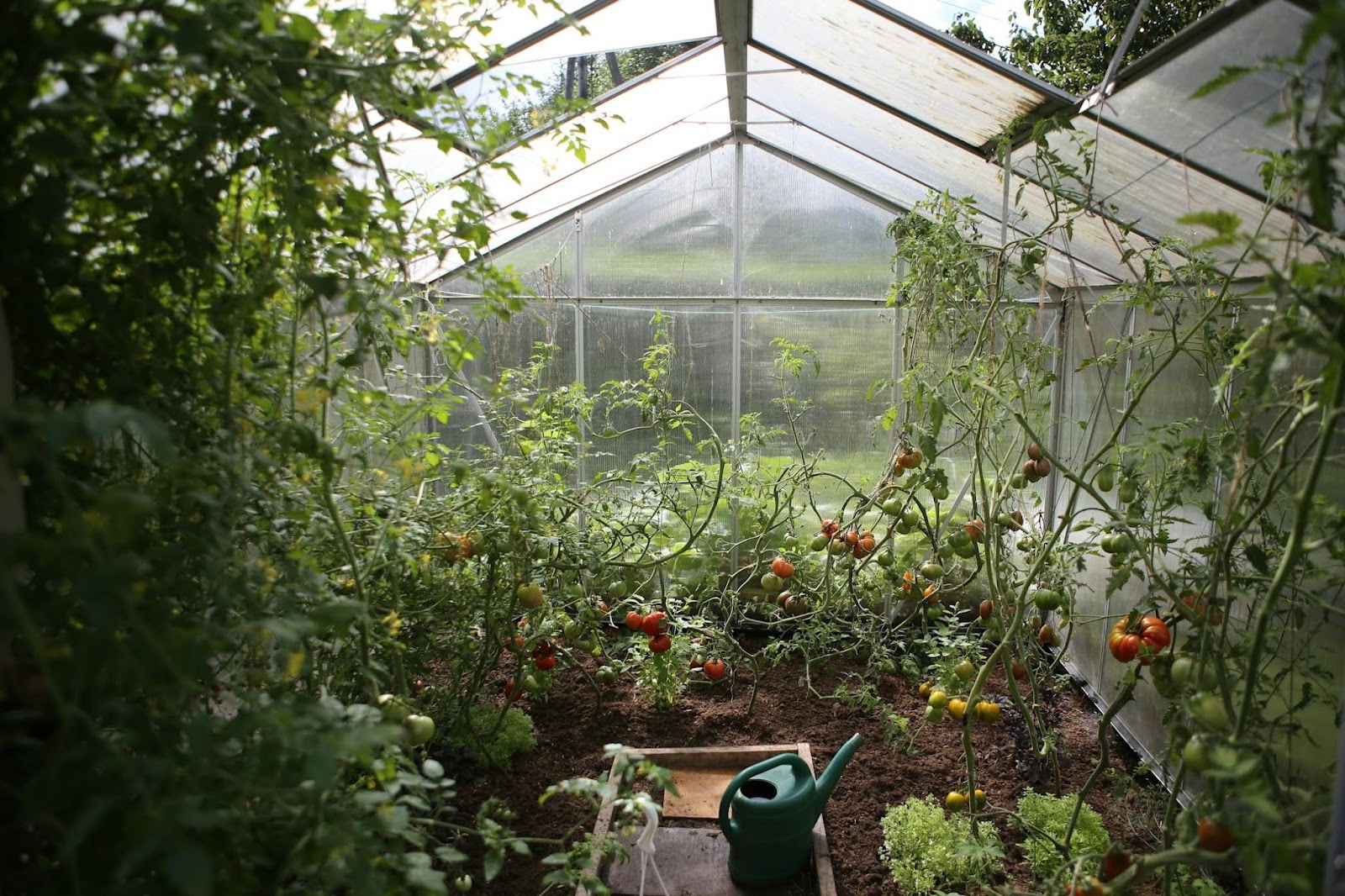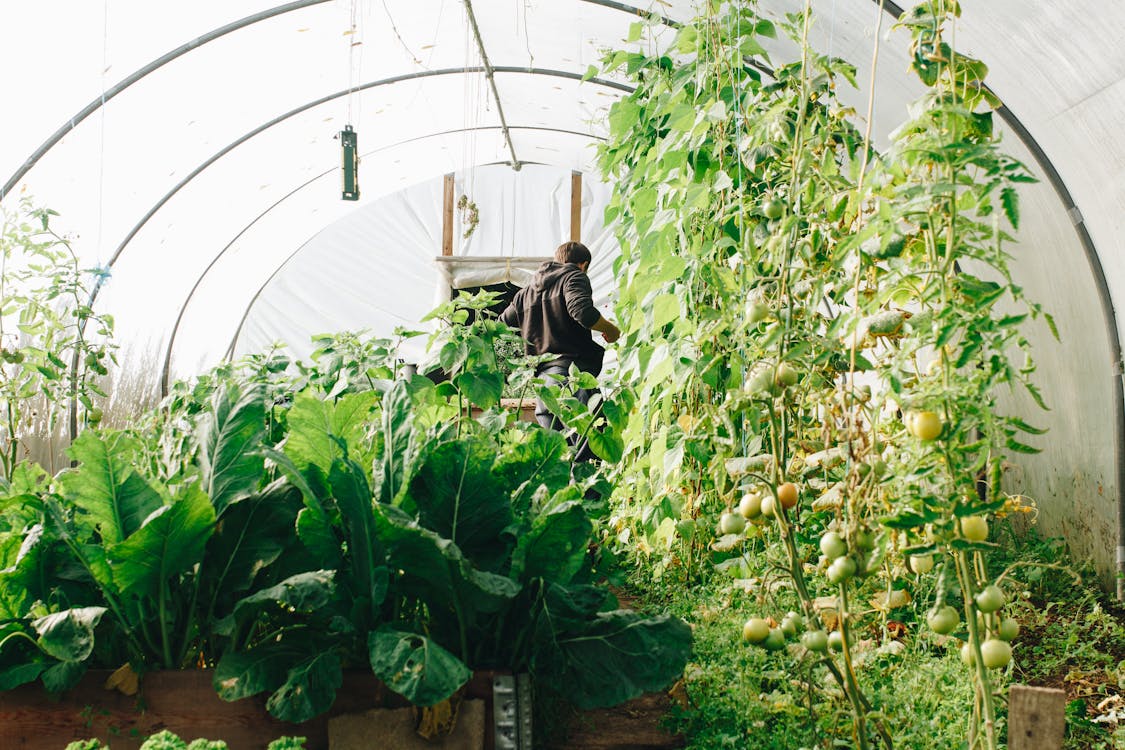How Plumbing Conditions Influence Property Value and Buyer Confidence
Plumbing systems play a key role in home inspections, buyer confidence, and long-term property value. Learn how infrastructure impacts real estate decisions.
With increasing concerns about food security, rising grocery costs, and a growing interest in sustainable living, more individuals and communities are turning to greenhouse gardening. Unlike traditional gardening, greenhouses allow for year-round food production, creating a stable, controllable environment that can yield fresh produce even during the depths of winter or the height of summer heat.
Whether you're a backyard enthusiast or a small-scale commercial grower, a well-managed greenhouse opens the door to a healthier lifestyle, more independence, and substantial cost savings over time. Let's explore the numerous advantages of greenhouse cultivation and why now is the ideal time to invest in this resilient growing method.

One of the greatest advantages of greenhouse gardening is its ability to eliminate the limitations imposed by the changing seasons. In most regions, traditional outdoor gardening comes with a narrow window for planting and harvesting. Frost, excessive rain, and scorching temperatures can all destroy crops before they reach maturity.
Greenhouses provide a protective barrier against these weather extremes, maintaining a controlled climate that promotes steady growth. With the right setup, growers can harvest crops like lettuce, herbs, tomatoes, and strawberries throughout the year, regardless of outdoor conditions. This is particularly valuable for families or communities looking to reduce reliance on imported or store-bought produce during off-seasons.
The stability offered by greenhouses makes them ideal for year-round growing, and this consistency ensures fewer disruptions in the supply chain for small-scale commercial producers.
A well-designed greenhouse is not just about maintaining temperature and light, it allows growers to optimize water and nutrient delivery. Modern setups are increasingly incorporating hydroponic-ready greenhouse systems, which use water-based nutrient solutions instead of soil to support plant growth. This method allows plants to absorb nutrients more directly, leading to faster growth and higher yields with significantly less water waste.
These systems often include automated irrigation and nutrient dosing, which improves precision and efficiency while reducing labor. Because the environment is enclosed, there's less evaporation and fewer losses from runoff, making it a more sustainable choice in regions where water is scarce.
By combining hydroponic systems with smart greenhouse management, growers can produce more food with fewer resources, a win for both the environment and the bottom line.
Outdoor gardening exposes crops to a variety of pests, fungi, and diseases that can decimate harvests and force growers to rely on chemical pesticides. Greenhouses act as a physical barrier, dramatically reducing the risk of infestations and contamination.
While no system is entirely immune, the controlled environment of a greenhouse allows for early detection and targeted interventions. Many greenhouse growers implement integrated pest management (IPM) practices, using natural predators and biological controls to keep harmful insects in check without compromising food safety.
This protection helps maintain healthy crops and reduces the need for synthetic inputs, resulting in cleaner, more organic produce that aligns with health-conscious and environmentally friendly growing philosophies.
Crops grown in greenhouses typically benefit from optimized growing conditions, consistent temperature, regulated humidity, enhanced light exposure, and steady nutrient delivery. This leads to faster germination, improved plant health, and more frequent harvests compared to traditional methods.
The ability to extend growing periods and manage multiple cycles throughout the year means more food per square foot. For commercial growers, this translates to higher profit margins and greater market stability. For home gardeners, it means fewer trips to the grocery store and an ongoing supply of fresh, homegrown meals.
This level of productivity supports self-sufficiency and opens the door to local food networks, farmers' markets, and small-scale distribution opportunities.
Greenhouses are highly customizable and scalable to meet the needs of different growers. From simple backyard hoop houses to high-tech commercial structures equipped with climate sensors and automation, there's a solution for nearly every budget and ambition.
New growers can start with a compact design and gradually expand as they gain experience and confidence. Modular systems and prefabricated kits make it easy to upgrade features like ventilation, heating, lighting, or automation without rebuilding the entire structure.
As the global population grows and climate change threatens traditional agriculture, localized food systems become increasingly important. Greenhouses offer a practical solution for communities to reduce dependence on external food sources and minimize the carbon footprint associated with food transport.
By growing your own produce, you take control over the quality, safety, and sustainability of what you eat. For families, schools, and community gardens, greenhouses become a source of nourishment and an educational tool that teaches valuable lessons about ecology, responsibility, and resilience.

In an age where environmental uncertainty, rising costs, and supply chain disruptions challenge the way we access food, a well-managed greenhouse offers a powerful, practical solution. It provides year-round access to fresh, nutritious produce, protects crops from the elements, and empowers individuals to take a more active role in their food systems.
Access all your saved properties, searches, notes and more.
Access all your saved properties, searches, notes and more.
Enter your email address and we will send you a link to change your password.


Your trusted MLS search companion